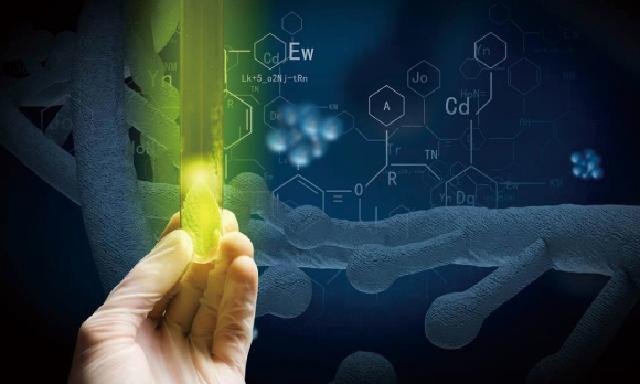

PRODUCTS


Description: Horse serums containing specific antitoxins and antibodies.
Feature: Mars Bio has over 20 years of professional experience in providing high-quality serums to pharmaceutical companies. The end products continue to
dominate the local Chinese market and are sold to over 30 countries worldwide.
Applications: The production of antitoxins and specific antibodies, cell culture media.
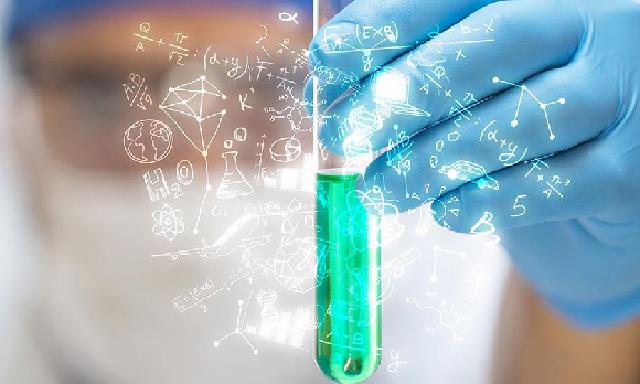

Description: A gonadotropin hormone produced in the chorion of pregnant mares, also referred to as equine chorionic gonadotropin (eCG).
Applications: PMSG is commonly used to induce ovulation in livestock prior to artificial insemination. It is also frequently used in the treatment of ovarian agenesis and impaired spermatogenesis. The product is typically sold in the form of lyophilized powder.
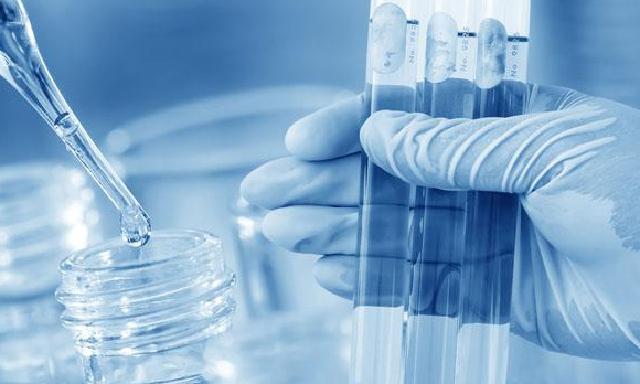

Description: Serum containing pregnant mare serum gonadotropin (PMSG)
Feature: Due to our individualized herd management and customized nutritional supplement, our pregnant mare serum (PMS) possesses highest titer (average 70 IU/mL) and specific activity. We can also supply large-quantity high-concentration PMS(70-100IU/mL) upon request.
Applications: For production of PMSG intermediate and various final products.


Description: Placenta excreted by mare when foals are born.
Feature: Placenta plays an important role in building embryos as it comprises almost all the nutrients needed for life - proteins, lipids, carbohydrates, nucleic acids, vitamins, and minerals. It is therefore a best natural ingredient for health and beauty improvement.
Applications:
(1) Skincare: Horse placenta is a rich source of amino acids that is vital in producing renewed skin. It activates the production of collagen, elastin, & hyaluronic acid needed by the skin to replace old cells with new ones. During this cell regeneration, impaired and aged skin is naturally reborn to reveal a whiter, glowing, and youthful-looking skin. In Japan, it is regarded as one of the best cosmetic ingredients because of its triple action formula: whitening, anti-aging, & skin cell renewal.
(2) Health supplements: Horse placenta is used in medicines and dietary supplements to improve a wide range of health conditions including fatigue, anemia, inflammations, and disorders in blood pressure and menstruation.


Description: Horsehair fabrics are sought for their luster, durability and care properties. It has many different appearances and various purposes, including
upholstery, brushes, musical instruments, fishing lines and crafts.
Applications: Horsehair is used in upholstery (horsehair hitching, horsehair braiding etc.), bows of musical instruments, and fishing lines. It is also used in
making jewelry items such as bracelets and necklaces. Brushes made from horsehair are also used in making brushes for high-end equipment without damaging its surface.
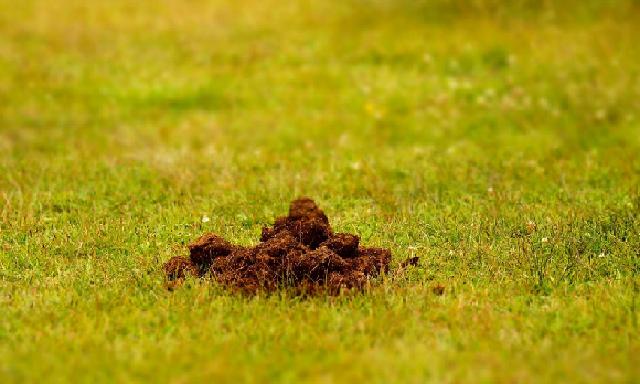

Description: After compost, horse manure is a good source of nutrients andcontains plenty of fiber, making it an excellent soil conditioner in organic and sustainable soil management.
Applications: Horse manure is used for natural organic fertilizer. It is also frequently used in the cultivation of edible fungi due to its loose structure.

PRODUCTS


Donkey skin: Main material for e’jiao, a traditional Chinese medicine as well as health supplement made from donkey-hide gelatins. E’jiao is known to be used in various conditions, such as bleeding, dizziness, insomnia and a dry cough. It also has the effects of improving health and blood generation.


Donkey Milk: Used as natural hypoallergenic milk, tolerated by about 90% of infants with cow milk protein allergy (CMPA). It is very similar to human milk for its lactose, proteins, minerals, and omega-3 fatty acid contents. In addition, it is rich in selenium and various amino acids needed by the human body. It also has the effect of improving facial complexion and alleviating discomfort during menstruation and menopause. Despite its rich nutrients, donkey milk is in fact very low in fat and cholesterol. Fermented donkey milk can be a great source of probiotic beverage production as well.
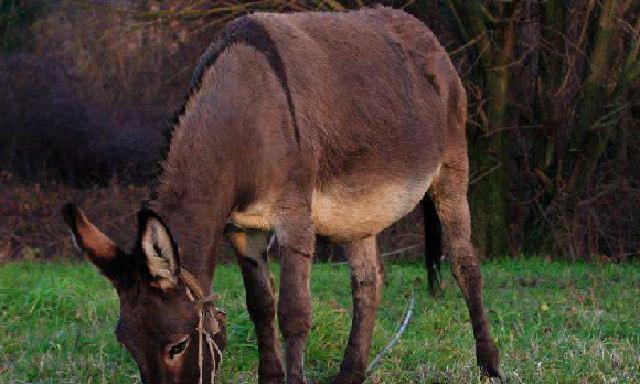

Donkey placenta: Similar to horse placenta, it is also rich in all nutrients needed by the human body and can be used in skincare and health supplements.
